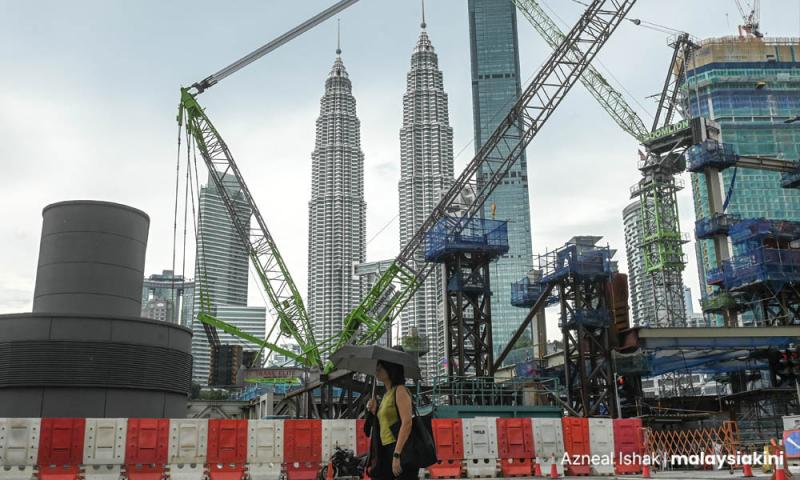COMMENT | How to end the deadly govt debt spiral
COMMENT | The debt crisis wrecking ball is smashing through Asia. First Sri Lanka defaulted and now Laos is facing a similar crunch.
The small landlocked country of 8 million bordering China owes more than half its foreign debt to its neighbour including “hidden obligations”, and experts say it could end up bartering away land and resources for relief.
These countries are shut off from capital markets because they’re deemed uncreditworthy by debt rating agencies. Malaysia is no exception as the Covid-19 pandemic has significantly increased government debt.
The government has had to increase spending to support the economy and respond to the Covid crisis. Prime Minister Anwar Ibrahim recently revealed the country’s national debt had ballooned to RM1.5 trillion (US$348 billion), more than 80 percent of GDP.
There is no doubt Covid triggered a massive increase in government debt, mainly in low-income countries, but it would be economically wrong to put all the blame on the pandemic. Before Covid engulfed the world, it was evident government and private debt levels were already on a worrying rise.
The pandemic added to this by increasing government debt in many economies as they spent big to support their populations and economies. The dramatic fall in trade, investment, and employment along with currency volatility added pressure to public finances.
The relationship between government debt and economic development is tricky, and many people believe it might hinder growth. Debt may boost long-term growth and...
RM12.50 / month
- Unlimited access to award-winning journalism
- Comment and share your opinions on all our articles
- Gift interesting stories to your friends
- Tax deductable
